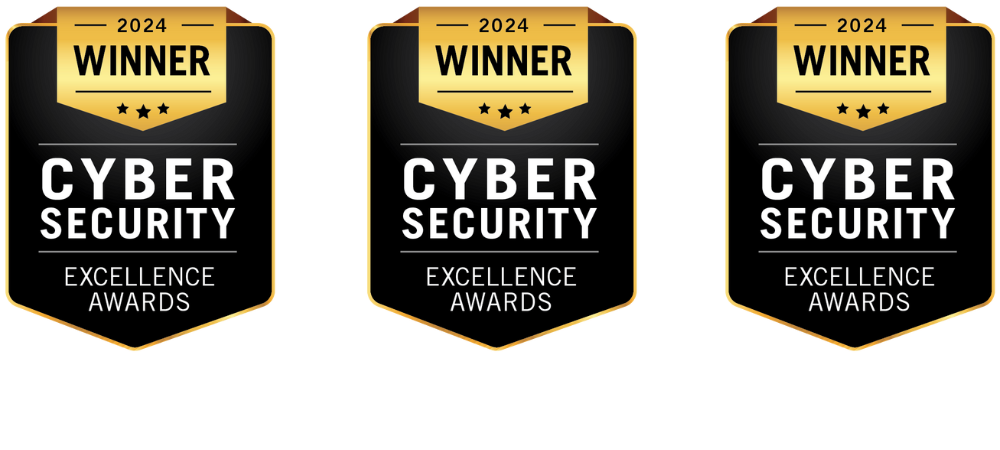Penetration Testing as a Service (PTaaS) addresses the need for cloud penetration testing with agile security methodology, ensuring continuous scanning by manual pentesters and automated vulnerability scanners. This helps organizations stay informed and protected from newly discovered vulnerabilities.
Deploying pentesting as a service ensures early feedback on the smallest of changes, easy access to security professionals, and real-time testing. Engineers, security professionals, and developers can better visualize and understand the scanning process to build a robust security plan and integrate it into their work.
The efficiency and agility of PTaaS have made it the choice of many Chief Information Security Officers (CISO) and Chief Technology Officers (CTO), with the ever-growing cyber threats.
The global Penetration Testing market size is expected to grow from an estimated value of USD 1.4 billion in 2022 to 2.7 billion USD by 2027, at a Compound Annual Growth Rate (CAGR) of 13.7%
.png)
Imagine you are all set to launch a horde of new features, the code is ready, the developers are super excited to watch their work go live, and you very well know that your customers will enjoy the updates. At this point, a hacker notifies you about a missed vulnerability.
Fortunately, this hacker is a combination of security professionals and automated tools hired by your organization to discover vulnerabilities in your software before malicious actors can exploit them.
Just visualize an ethical hacker at your support, who can test the code. Doesn’t it sound incredible? This is exactly what PTaaS is. Currently, it is revolutionizing DevOps completely. It has introduced a new kind of professional – DevSecOps – who works closely with developers to manage security.
Three Reasons Why Penetration Testing Is Needed and Why Traditional Pentesting Isn’t Working for You:
Penetration Testing as a Service (PTaaS) is superior to traditional penetration testing due to several reasons. Organizations that rely on conventional pentesting are highly susceptible to attacks because their security measures cannot keep up with the rising attack techniques. Conventional pentesting turns out to be a waste of money and time for some organizations mainly due to the nature of their business.
Following are the key reasons why Penetration Testing is needed:
1. Prolonged wait periods
Conventional pentest involves a long waiting time before testing. These delays can extend to weeks or even months. This results in a hassle for users and developers and interruptions in all tested systems. The modern approach to PTaaS has diminished this problem and permits to perform penetration testing within 24 hours or even less.
2. Minimal collaboration
The old testing models offer limited collaboration between security professionals and customers, engineers and developers cannot communicate with testers, which results in limited redress of vulnerabilities and other problems. PTaaS offers a convenient interaction channel to ensure developers correctly understand how to deal with security issues.
3. Scalability
Conventional pentesting is not scalable: you cannot add updates or technologies. You will have to wait before the testing is done to insert a new object into the scope. This creates delays in turning out new features. PTaaS offers more opportunities to perform on-demand tests. Pentests are no longer limited, and you can scale them up and down in real-time.
Benefits of PTaaS:
PTaaS comes with diverse advantages which can promote an organizations cyber security. It offers adaptable services to support security professionals, engineers, and developers. Following are the key benefits of PTaaS:
.png)
- Association: Testers can connect with customers to supervise and navigate the processes for comprehensive testing.
- Productivity and Speed: PTaaS customers can expect pentests to commence faster without compromising their efficiency.
- Budget-friendly: PTaaS is a lot cheaper than conventional penetration testing. PTaaS has minimized the cost by an average of 31%.
- Superior Result Presentation: PTaaS offers human-readable and brief results that simplifies planning.
- Effective Vulnerability Remedies: The association of engineers and testers, more intuitive results, constant testing, and retesting help to create an efficient and easy-to-implement remediation strategy.
- Continuous Scanning: PTaaS facilitates continuous security management, which is essential to safeguard assets in the world of ever-evolving technologies.
- Track Changes: PTaaS permits tracing security modifications and upgrades automatically.
- Regular Vulnerability Scanning: PTaaS provides frequent vulnerability scanning reports so you can assess and monitor your security landscape daily.
Conclusion
PTaaS is a modern evolution of pentesting in a nutshell. Why Penetration Testing Is Needed becomes clear as agile development brings security risks. Penetration Testing as a Service is the best approach to an agile security model, offering superior speed, affordability, and protection from endless security threats.
Stay ahead of evolving threats with agile, continuous security. Book a free demo of Strobes PTaaS today and fortify your defenses effortlessly!
Related Reads:
- Penetration Testing as a Service (PTaaS): An Overview
- Integrating Attack Surface Management and Penetration Testing as a Service
- How Strobes Penetration Testing Supports Compliance Audits and Assessments
- Strobes 2023 Pentesting Recap: Trends, Stats, and How PTaaS is Transforming Cybersecurity
- Integrating PTaaS with CI/CD Pipelines: A Guide to CI/CD Security Testing
- Solution: Pentesting as a Service
- Solution: Web Application Pentesting
- Solution: Cloud Pentesting








